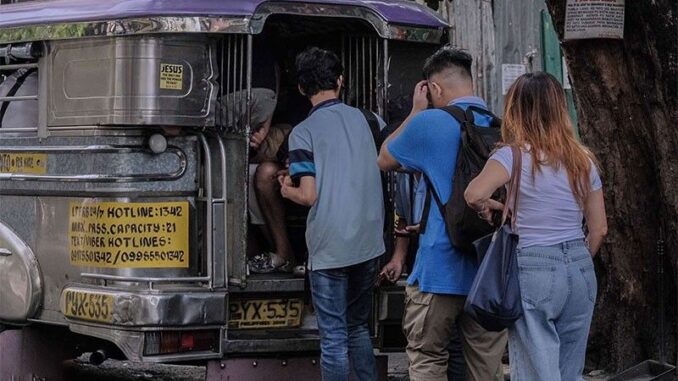
MANILA, Philippines — The National Capital Region (NCR) is set to receive 85 percent of the P181 billion budget of the Department of Transportation (DOTr) for 2025, raising concerns on the financing distribution for mass transit.
An analysis conducted by the Congressional Policy and Budget Research Department (CPBRD) showed that NCR will obtain 85 percent, or P153.61 billion, of the P180.89 billion allocation for the DOTr in the 2025 National Expenditure Program (NEP).
On the other hand, the CPBRD said the poorest regions in the archipelago—Zamboanga Peninsula, Bangsamoro, Bicol Region, Eastern Visayas, Northern Mindanao and Soccsksargen—would get below one percent.
Even Central Luzon and Southern Tagalog, which are closest to NCR, will pick up less than one percent of the DOTr budget next year. Central Luzon is allocated P531.7 million, while Southern Tagalog is earmarked with P397 million.
Based on the budget breakdown, tourist hotbed Western Visayas will secure the largest budget by region next to NCR at P7.15 billion. Central Visayas, home to metropolitan district Cebu, comes third with P6.41 billion, while the DOTr Central Offices ranks next with P4.16 billion.
Citing estimates from the Japan International Cooperation Agency, the CPBRD said it is crucial to speed up the movement of people and goods in NCR, as it is losing at least P2.4 billion a day to traffic congestion.
However, the CPBRD said the Metro Manila bias can only be justified if the DOTr expedites the completion of big-ticket projects in the capital, particularly railways.
For 2025, the DOTr will receive P63.91 billion for the North-South Commuter Railway (NSCR) and P39.37 billion for the Metro Manila Subway Project based on the NEP.
In 2023, both NSCR and MMSP posted obligation rates of more than 92 percent. In spite of this, the projects’ disbursement rates failed to surpass the 67 percent mark, signaling slow progress.
The CPBRD saw similar struggles in the construction of foreign-assisted railways, including the Light Rail Transit Line 1 Cavite Extension and Philippine National Railways South Long Haul. As a whole, the DOTr saw its obligation and disbursement rates fall to 71 percent and 41 percent, respectively, in 2023.
The DOTr justified the Metro Manila bias of its budget in a legislative hearing in August, saying the bulk of the funds are just parked in NCR because the agency is headquartered in the region.
Still, big-ticket projects like the NSCR, which will pass through Central Luzon, Metro Manila and Southern Tagalog, are supported by the allocation for NCR.


Be the first to comment